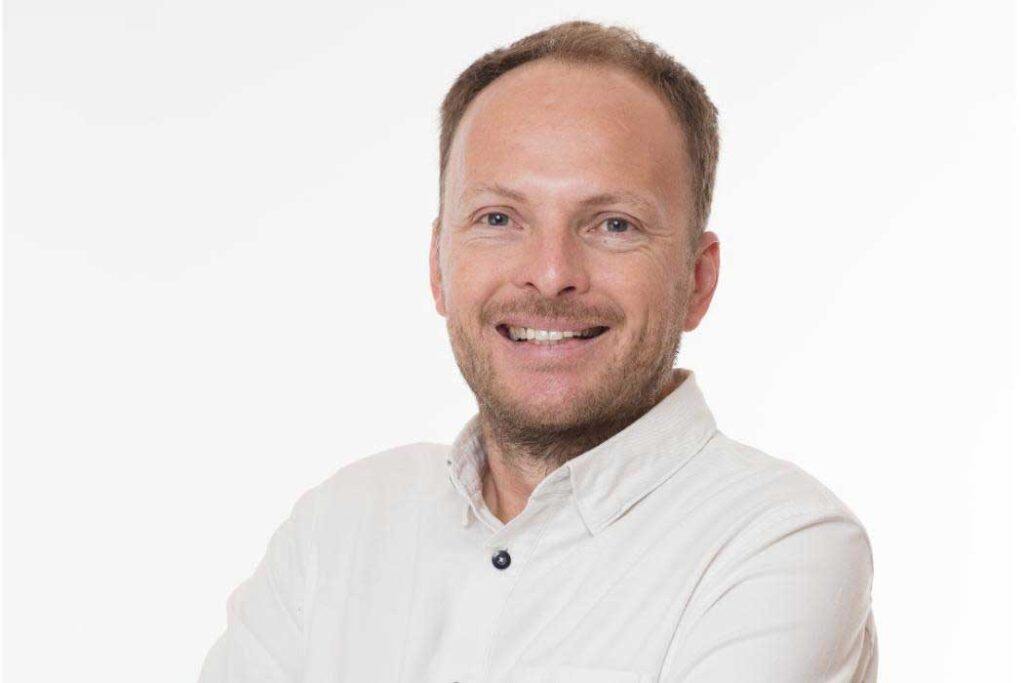UC researchers believe remote sensing technologies such as satellites, planes, and drones will cause a paradigm shift in auditing Aotearoa’s biodiversity.


A recent collaboration between Dr John Reid (Ngāti Pikiao, Tainui), Senior Research Fellow at Te Whare Wānanga o Waitaha | the University of Canterbury (UC)’s Ngāi Tahu Centre, and Professor Pavel Castka, Associate Dean (Research) at the UC Business School, explores the ramifications of this rapidly developing technology for New Zealand’s primary industries and the country’s overall environmental image. Their study highlights the ‘radical transparency’ enabled by unmanned airborne vehicles and terrestrial sensors capable of amassing data down to the level of a square metre.
“We estimate that within the next five to 10 years, the environmental footprint of every farmer, forester and horticulturalist in the country may become publicly available,” Dr Reid says. “The emphasis of our paper is on what this means for assurance purposes, for management, and for how these entities operate.”
While Dr Reid and Professor Castka acknowledge the sensitivities accompanying this level of transparency, they believe it can also deliver significant benefits.
“Compliance standards create a heavy load for farmers,” Professor Castka says. “Remote sensing automates this, so it isn’t taking them away from what they want to be doing.”
In addition to efficiency gains, Dr Reid highlights how land managers could receive timely data regarding their productivity and environmental impacts. “It will also allow land managers who are truly regenerative to stand out, becoming examples that others can learn from.” He says the response from industry has in most cases been positive and adds that the leaders in this space will gain a powerful marketing tool, for use both here and internationally, for sustainable products.
Dr Reid is also co-lead of Eco-index, a research programme funded by the New Zealand Biological Heritage National Science Challenge, and hosted at the University of Waikato, that measures biodiversity health and investment in Aotearoa. He says substantial private investment in environmental sensing is happening internationally, and that particular interest has been shown in the environmental insights and wisdom traditions held by Māori.
The researchers recognise the privacy concerns accompanying the evolution of this technology, however they hope the increased transparency will encourage more aspirational goals for Aotearoa’s biodiversity.
“It’s not enough to preserve what we have now for the next generation,” Professor Castka says, “It’s about making it better.”
Published in the Journal of Cleaner Production, the research paper was funded by the Biological Heritage National Science Challenge.






































